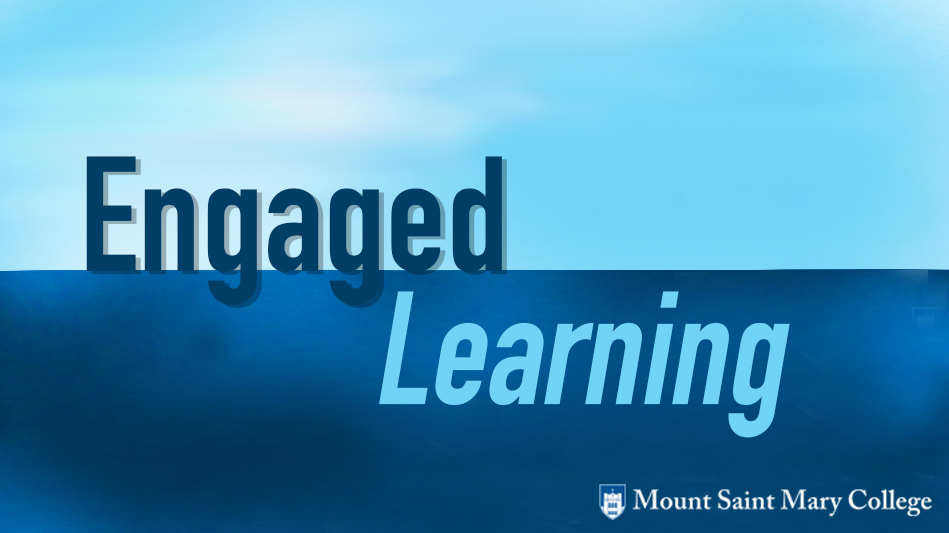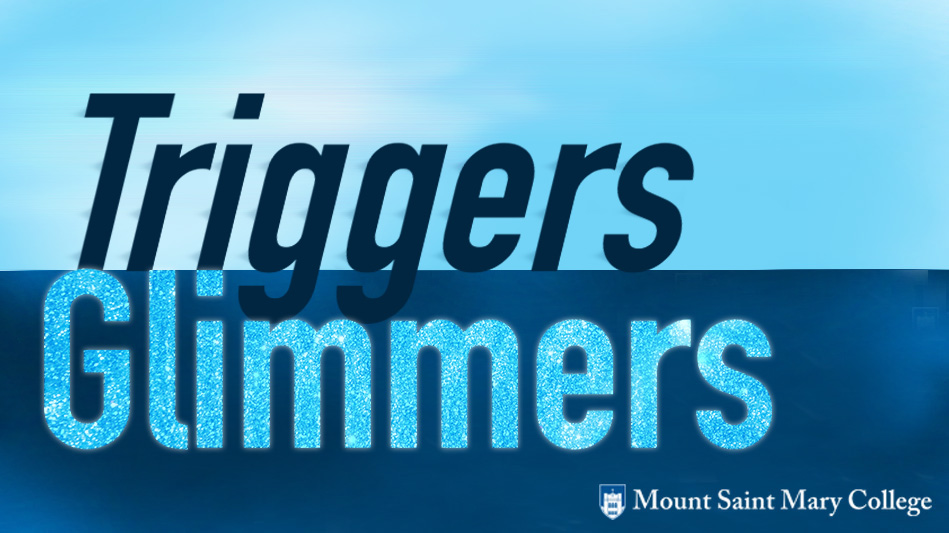by John Draeger, SUNY Buffalo State
In a previous post, I argued that metacognition can support undergraduate research because it encourages students to become aware of the inquiry process and it can help students make meaningful adjustments when things go off the rails (Draeger, 2018). Like undergraduate research, student learning communities are on the Association of American Colleges and Universities (AAC&U) list of high-impact practices (HIP). They make the list because they require multiple interactions between faculty and students about substantive matters as well as frequent, constructive feedback from faculty, and regular, structured processes for reflection and integration (Kuh 2008; Kilgo, Sheets & Pascarella 2015). In a similar vein, this post argues that instructors and  students can benefit from being more metacognitive about their involvement in learning communities. While learning communities can take various forms, they involve groups of students taking a common set of courses at the same time with the same instructors. Learning communities aim to integrate learning experiences across courses in the community.
students can benefit from being more metacognitive about their involvement in learning communities. While learning communities can take various forms, they involve groups of students taking a common set of courses at the same time with the same instructors. Learning communities aim to integrate learning experiences across courses in the community.
Sample models of student learning communities
Some models of learning communities involve groups of students taking a collection of courses co-taught by the same instructors. The co-teaching model promotes coordination and communication between instructors about course design, instruction, and assessment. Because students and instructors are present for class sessions in each of the courses, there are plenty of opportunities to make cross-disciplinary observations. Students, for example, can watch as instructors approach a common reading from very different points of view. However, the co-teaching model is often not feasible at many institutions. Another model of learning community requires that a cohort of students take some of the same courses taught by the same instructors, but the courses are not co-taught. Because faculty are rarely in the same room at the same time, I would argue that it is all the more important that they take a metacognitive approach to their student learning community involvement.
Strategies for building metacognition into learning communities
At SUNY Buffalo State, we’ve developed a series of workshops and related materials to promote greater coordination and integration across student learning community courses. The following are just a few of those strategies. (Anyone interested in learning more about resource materials can contact me at draegejd@buffalostate.edu).
First, instructors can review the learning outcomes for each of the courses to look for points of similarity and departure. Points of convergence might be around content (e.g., themes that run through each of the courses) or around skills (e.g., reading, writing, critical thinking). Becoming aware of learning outcomes could, for example, lead to a conversation between instructors about how to reinforce what the other is doing. It could also alert them to places where they might inadvertently undermine the other’s efforts. Reviewing the learning goals emphasizes the importance of looking for opportunities to make explicit connections across each course. Awareness isn’t everything, but it can open space for the possibility of making meaningful adjustments.
Second, instructors can share the core ideas that are at the heart of their courses and that organize other course elements (Nosich, 2012). Identifying these fundamental ideas and being explicit about them with students is important because these ideas serve as anchor points, especially when students struggle. However, fundamental ideas can also serve as important landmarks across courses. Even if instructors cannot discuss another’s content with nuance, they can intentionally make connections to the big ideas. Better yet, instructors can take a “integration time-out” by asking students to relate the material in the current class to the fundamental concepts in each of the other courses. In this case, instructors are aware of the importance of integration and looking for opportunities to intentionally make connections with the key elements of another’s course.
Third, instructors can discuss how they approach giving feedback to students. It is no secret that frequent feedback promotes learning within a course, but students can also benefit from instructors being aware of what other instructors are doing. For example, instructors might use slightly different terminology to talk about similar things. Through conversation, they may decide to adopt a common lexicon. In this case, awareness promotes minor adjustments. In other cases, instructors might want to keep to their own way of doing things. However, they might be more explicit about how and why similar situations are being handled differently in different courses. The hope is that this will keep students from inadvertently going off the rails. It can also reinforce the notion that learning can be effective, albeit different, in differing contexts.
Fourth, instructors can explore why and how they promote student reflection. For example, some courses seek to exposure to new ideas, while others consider the complexity of a more focused set of ideas. Within a course, it is important to be explicit with students about the type of reflection between encouraged (e.g., deep, wide). It is also important to be explicit about structured reflections (e.g., deep, wide) across the learning community courses. Is the goal to keep a running list of the various ways the content and skills in each course are similar and different? This approach speaks to the breadth of knowledge across fields of study and captures the sense that individual students can make meaningful connections in a wide variety of ways. Or is the goal to focus on the finding the important connections between the fundamental concepts in each course? This approach speaks to the importance of sustained conversation about a narrow set of issues from multiple points of view. Both forms of reflection can be valuable, but instructors need to be intentional and explicit about structuring those experiences within and across their courses.
HIP student learning communities
If implemented well, learning communities can be HIP because they encourage students to consider the learning connections between their courses. I argue that metacognition can help instructors intentionally design and explicitly structure integrative learning opportunities. Metacognition can also help students become increasingly aware of similarities and differences across academic disciplines. In this way, metacognition and learning communities offer students the opportunity to learn how to make connections within and across fields of inquiry. Because the ability to make such connections is a hallmark of a lifelong learner, promoting metacognition through learning communities has the potential to be highly impactful in a student’s life for years to come.
References
Draeger, J. (2018). Metacognition supports HIP undergraduate research. Improve with Metacognition. Retrieved from https://www.improvewithmetacognition.com/metacognition-supports-hip-undergraduate-research/
Healey, M., & Jenkins, A. (2009). Developing undergraduate research and inquiry. York: HE Academy.
Kilgo, C. A., Sheets, J. K. E., & Pascarella, E. T. (2015). The link between high-impact practices and student learning: Some longitudinal evidence. Higher Education, 69(4), 509-525.
Kilgo, C. A., & Pascarella, E. T. (2016). Does independent research with a faculty member enhance four-year graduation and graduate/professional degree plans? Convergent results with different analytical methods. Higher Education, 71(4), 575-592.
Kuh, G. D. (2008). Excerpt from high-impact educational practices: What they are, who has access to them, and why they matter. Association of American Colleges and Universities.
Nosich, G. (2012) Learning to think things through: A guide to critical thinking across the disciplines. Saddle River, N.J.: Prentice Hall.




